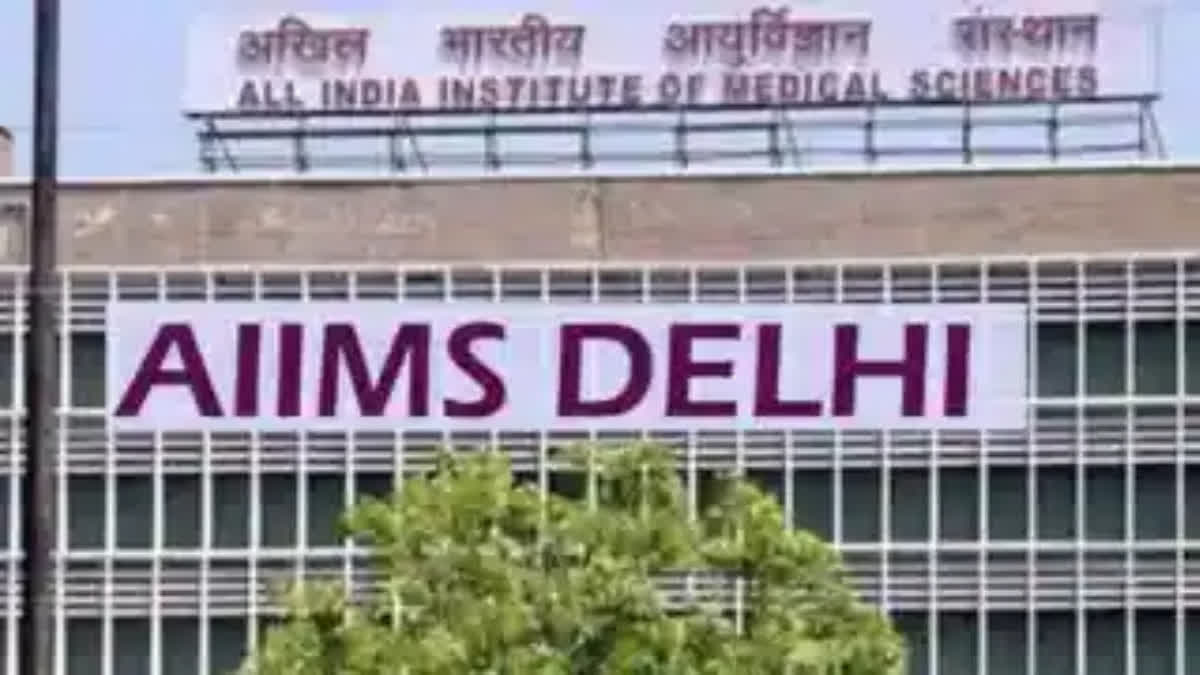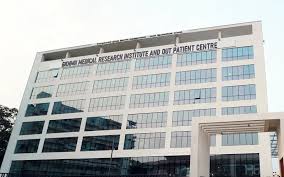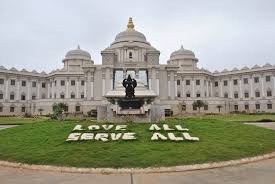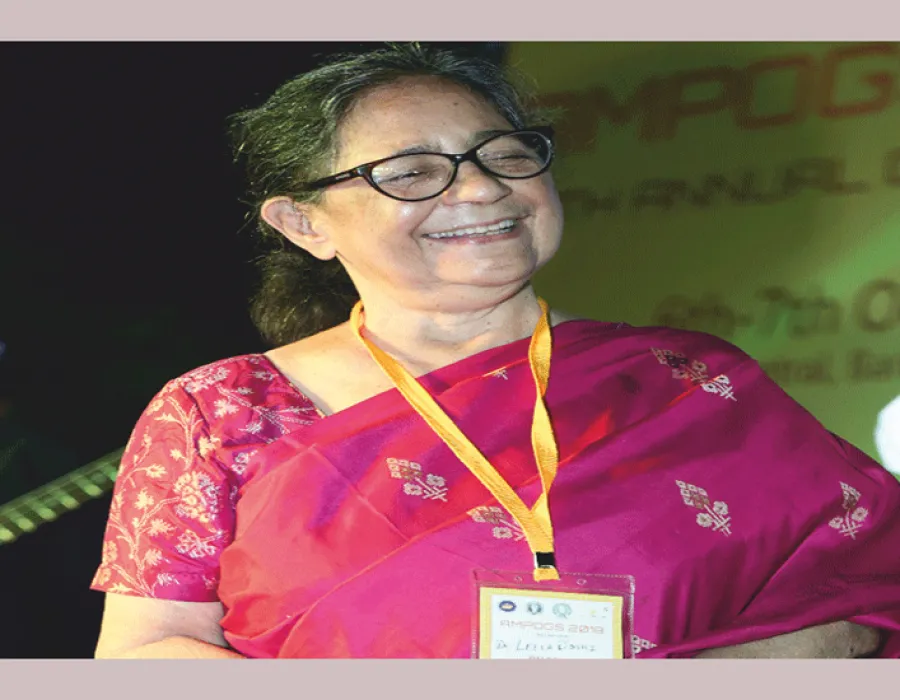When India achieved independence in 1947, the newly born nation faced formidable challenges. Among them, healthcare stood out as one of the most neglected sectors. Infectious diseases raged, infant mortality rates were alarmingly high, and access to quality medical education was limited to a few elite institutions located mostly in major urban centers. It was in this critical context that the vision for the All India Institute of Medical Sciences (AIIMS) took root — a vision that would not just shape India’s healthcare, but redefine it for generations.
The story of AIIMS begins with Rajkumari Amrit Kaur, India’s first Health Minister. A fierce nationalist and an ardent social reformer, Kaur understood that a healthy nation was the foundation of a strong nation. She dreamt of an institution that would marry clinical care with cutting-edge research and produce a new generation of doctors equipped to serve a country of vast diversity and limited means. Not content with mere proposals, Kaur took action. She personally lobbied with international organizations like the Rockefeller Foundation and secured crucial funding from New Zealand and West Germany, setting in motion the birth of what would become India’s most revered medical institution.
In 1956, the All India Institute of Medical Sciences Act was passed by the Indian Parliament. With this, AIIMS New Delhi was officially established as an autonomous body under the Ministry of Health and Family Welfare. From its inception, AIIMS was unlike any hospital India had seen before. It was designed not only as a center for providing world-class healthcare but also as a premier teaching institution and a hub for medical research. It would treat the rich and the poor alike, becoming a true people’s hospital.
The campus that rose in Ansari Nagar was more than just buildings of steel and concrete. It was a symbol of India’s commitment to equitable healthcare. Equipped with state-of-the-art laboratories, operation theatres, and research facilities, AIIMS was a marvel of modern medicine in a country still struggling with basic infrastructure.
Over the decades, AIIMS cemented its place in Indian society. The Emergency Department became a byword for excellence in trauma care. Its departments in cardiology, oncology, neurology, and pediatrics developed treatments and protocols that were adopted not just across India but internationally. Perhaps even more importantly, AIIMS made healthcare accessible to the common man. Unlike private hospitals where quality often came at a price, AIIMS offered top-grade medical care at subsidized rates, and often entirely free for those who could not afford to pay.
The list of contributions by AIIMS is staggering. It has been at the forefront of India’s battle against polio, tuberculosis, HIV/AIDS, and cancer. It pioneered organ transplant surgeries when the concept was still nascent in India. Its faculty and alumni have gone on to become leading doctors, surgeons, researchers, and policymakers, not just in India but across the globe.
AIIMS was also a pioneer in making healthcare a part of national consciousness. Through its community outreach programs, rural health missions, and public health research, it bridged the gap between sophisticated medicine and India’s villages. Doctors from AIIMS ventured into the field to study the social determinants of health, bringing lessons back to the clinics and classrooms.
Crisis after crisis, AIIMS has been a national pillar. During epidemics like the 1994 plague outbreak in Surat, the 2001 Gujarat earthquake, and the COVID-19 pandemic, AIIMS stood on the frontlines, setting benchmarks for response, care, and management. During COVID-19 especially, AIIMS New Delhi was instrumental in research trials, vaccination studies, treatment protocols, and public advisories.
Yet AIIMS is not without its challenges. Over the years, the overwhelming pressure of patients — sometimes tens of thousands in a single day — has strained the hospital’s infrastructure. Long waiting times, doctor burnout, and infrastructural limitations are real issues. But despite these pressures, AIIMS has managed to maintain an unparalleled standard of care, largely thanks to the sheer dedication of its doctors, nurses, and staff.
Understanding the critical role of AIIMS, the Indian government launched initiatives to replicate its model across the country by setting up AIIMS-like institutes in several states. Today, these new AIIMS institutions aim to carry forward the original mission — to democratize access to high-quality medical care.
As it stands today, AIIMS New Delhi is more than just a hospital or a medical college; it is a living embodiment of India’s fight against inequality in healthcare. It is the place where the destitute sit next to diplomats in waiting rooms, where research papers that influence global health policy are written, where hope thrives against all odds.
Rajkumari Amrit Kaur’s dream, realized brick by brick, heartbeat by heartbeat, remains alive. AIIMS continues to be a lighthouse in India’s journey toward universal health coverage — a place where science, service, and compassion converge to heal not just bodies, but the very soul of a nation.




